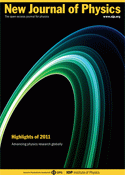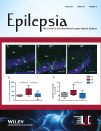 Epilepsy researcher Toni Schneider has received a retraction and a correction in quick succession, after a former colleague raised red flags about the work.
Epilepsy researcher Toni Schneider has received a retraction and a correction in quick succession, after a former colleague raised red flags about the work.
The retraction for Schneider, based at the University of Köln in Germany, is for “unintentional inclusion of erroneous data” due to limitations of the recording system used in the paper, according to the notice.
Marco Weiergräber, a former colleague of Schneider’s, has claimed that the authors of the paper did not use the test properly. The journal editor, however, told us he believes the original analysis is an “honest mistake,” and there is “no evidence” to suggest that the authors intentionally published incorrect analyses.
Here’s the retraction notice, issued by the journal in March 2016: Continue reading Epilepsy researcher gets retraction, correction after former colleague flags work
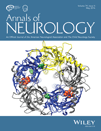


 If you need evidence of the value of transparency in science, check out a pair of recent corrections in the structural biology literature.
If you need evidence of the value of transparency in science, check out a pair of recent corrections in the structural biology literature.
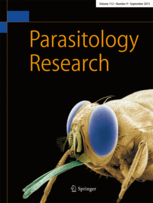
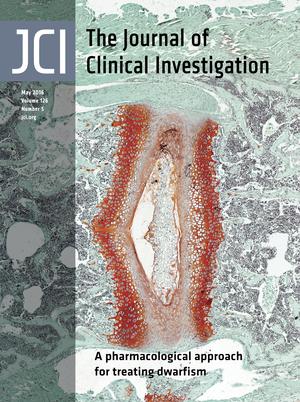 We’ve found another retraction for
We’ve found another retraction for 
